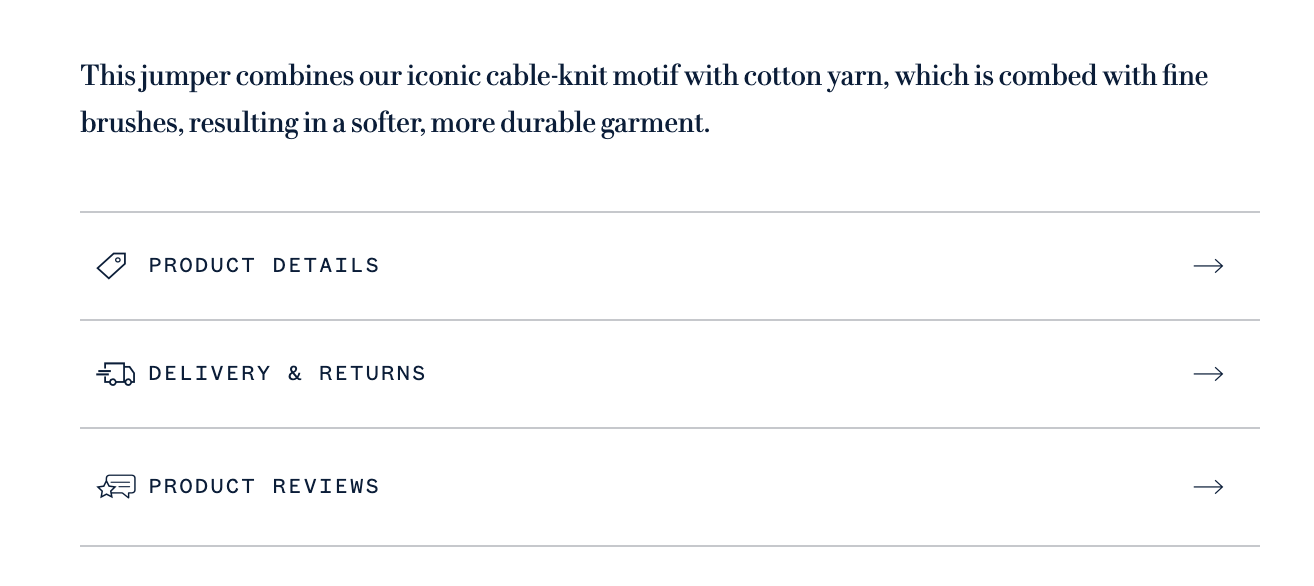Ondrej
How to Optimize your E-Commerce Store for SEO
An actionable guide on how to grow organic traffic to your e-commerce store
Is SEO important for e-commerce?
Yes, it definitely is. The big players like Amazon, eBay, and Walmart live off organic traffic.
The good news is that you can get a piece of that pie.
And it's not as hard as you might think.
How easy is it to implement for my store?
Implementing these SEO improvements should be very easy.
I tried to make this guide as actionable as possible.
We'll cover everything from evaluating your current situation to growing your domain authority.
1. Evaluate your current situation
Take a look at where you are right now.
First we'll fix the obvious technical SEO stuff.
Check on these things:
Correct robots.txt file
Make sure that tag pages, vendor pages are not being indexed.
You can easily change this in your Shopify store settings.
Schema markup
Benefits of schema markup:
- Increased Visibility: show rich snippets like prices and ratings directly in Google
- Higher Click-Through Rates: shoppers can see key product details before clicking
If you're using Shopify then most of this should be done for you.
Make sure this information is included:
- Product prices and availability
- Review ratings and count
- Brand information
- Product images
- Breadcrumb navigation
Working links
Make sure none of the links on your website give a 404 error.
Regularly scan your website for broken links with tools like Screaming Frog SEO Spider.
2. Optimize your category pages
Start by placing most of the content at the top of the page as Google seems to prefer pages with content at the top.
Naturally add your keywords to the page but don't overdo it.
Also don't forget to link between your categories, products and landing pages. Internal linking makes your pages index faster and gives Google a better understanding of your site.
3. Optimize your product pages
There's a lot of things you can do here.
Choose a target keyword
Before optimizing your product pages, you need to know your target keyword. For example, if you're selling a blue cotton t-shirt, "men's blue cotton t-shirt" would be your ideal target keyword. It's specific enough to match buyer intent, includes key product attributes, and has reasonable competition levels.
Product Title
This should 100% contain your main keyword.
Make sure this is coded as H1 tag.

Product Description
Make sure to include the main keywords again in the first paragraph or first 250 words
It needs to sound natural, avoid stuffing keywords.
Use your target keyword in an H2 or H3 heading, such as "[Target Keyword] Details." This is a good place to include the target keyword because product pages benefit from having detailed information

SEO Title
Include your target keyword at the beginning of the title.
(This is the title that you see at the top of the browser tab)

4. Optimize site structure
Your site structure should be simple and easy to follow.
If humans are confused then search engines will be as well.
Here's a checklist you can follow:
- Shallow crawl depth: Users should be able to reach any page from the homepage in less than 4 clicks
- Split products into categories: Each product should be in a category or multiple categories. Use canonical URLs and select the most relevant category if a product has multiple categories.
- Clear navigation: Ensure each level on the structure links back to the level above it. Products should link to subcategories, subcategories to parent categories, and so on.
5. Obtain backlinks
The more backlinks the better domain authority.
If you're not familiar, domain authority measures how trustworthy your website is to Google.
The best way to find backlinks is to research your competitors such as Ahrefs and analyze what keywords they're ranking for.
Use the link intersect tool to find out who links to competitors but not you.
Focus on acquiring "must-have" links shared by multiple competitors.
6. Start blogging
You can only get so far with optimizing your product and category pages.
The next best way to grow your organic traffic is to start creating content people actually want to read.
The first thing you need to do is keyword research and find the questions people ask.
We have a helpful guide on how to do keyword research for your e-commerce store here.
It's fully possible to do this with AI nowadays.
We've created a AI blogging workflow that you can use to create content very quickly.
Starting with e-commerce SEO
SEO is a long-term game.
It takes time to see results.
But it's worth it.
